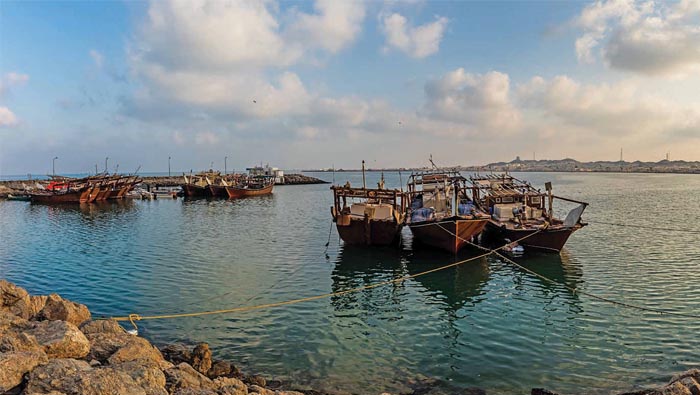
Muscat: Masirah Island, the Sultanate’s southeastern largest island, is rich in ecological diversity.
Abundance of fish varieties, crustaceans, molluscs and a variety of terrestrial, marine and bird species, make it one of the most important environmental and tourist sites in the Sultanate.
The island has the second largest gathering in the world and the largest gathering in the Indian Ocean of the Loggerhead Turtle where about 30 to 60 thousand turtles nest annually.
There are two more types of turtles, the Olive Turtle that put its eggs on the shores of Masirah Island in numbers up to 150 turtles annually, and the Hawksbill Turtle, which nestles on Masirah Island and the Dimaniyat Islands.
Their gathering in the Sultanate is considered the largest in the world, with 500 to 1,500 eggs per year while the Green Turtle nestles on most of Masirah beaches, but in small numbers compared to its largest gathering at Ras Al Hadd.
A report published by the Ministry of Environment and Climate Affairs said that the Sultanate has made many efforts to preserve and protect its sea turtles. It has also taken the lead in many aspects related to the management of the turtle’s habitats.
According to the International Union for Conservation of Nature (IUCN), the turtles nesting in Oman are all at risk, and the Dimaniyat are more vulnerable to the critically endangered category.
The Sultanate has shouldered this responsibility as the most important place among the countries of the region for nesting sea turtles, particularly the Loggerhead Turtle, the Green Turtle, and the Hawksbill Turtle.
The Sultanate was the first to survey and count the turtles on its shores, and to carry out an ambitious long-term marine turtle breeding programme in Oman.
With its unique geographical location, Masirah Island is an important place for birds watching and studying birds, where large numbers of birds, namely herons, flamingos, gulls and Barn Swallow, as well as migratory birds coming from the Arabian Peninsula, India, Pakistan and other birds of the east Africa, the plains of Siberia, and Europe.
Dr. Hamad bin Mohammed al-Ghailani, Director of Community Affairs and Environmental Awareness at the Environment Society of Oman (ESO) told Oman News Agency (ONA) that the eastern sea of Masirah Island is an important site for Humpback Whale, which is believed to be a type of humpback whale separated from other species around the world.
It is considered the most common type of whale found in the Sultanate (estimated at 200 whales). In the same location; (north-east of Masirah Sea), there is a kind of dolphins, called Bottlenose Dolphins. The small island of “Marsis,” which is located in the western part of the middle of the Masirah Island, one of the most important areas where the breeding of sea birds, especially during the autumn seasonal tours, including Sooty Gulls, Roseate Tern. There are varieties of birds that visit the island and belong to the birds of India, South Asia.
“This huge and unique diversity of the island requires a different view of the future human, urban, tourism and economic activity, the protection of important environmental sites, the reduction of human pressure on them and classify them as a natural reserve,” Dr. Al Ghailani said. Masirah Island is about 640 square kilometers, 95 kilometers long. It is separated from the east coast of the Sultanate by Masirah Bay, which is 10 to 15 miles wide.